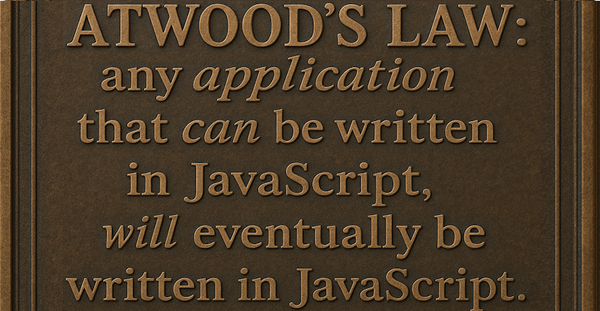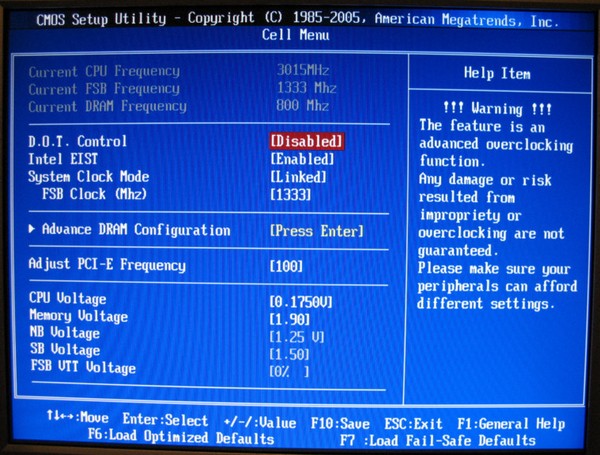
programming languages
The Principle of Least Power
Tim Berners-Lee on the Principle of Least Power: Computer Science spent the last forty years making languages which were as powerful as possible. Nowadays we have to appreciate the reasons for picking not the most powerful solution but the least powerful. The less powerful the language, the more you can









